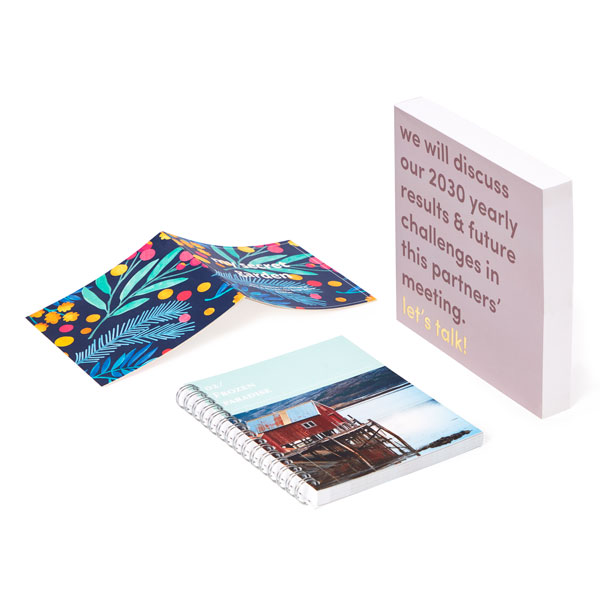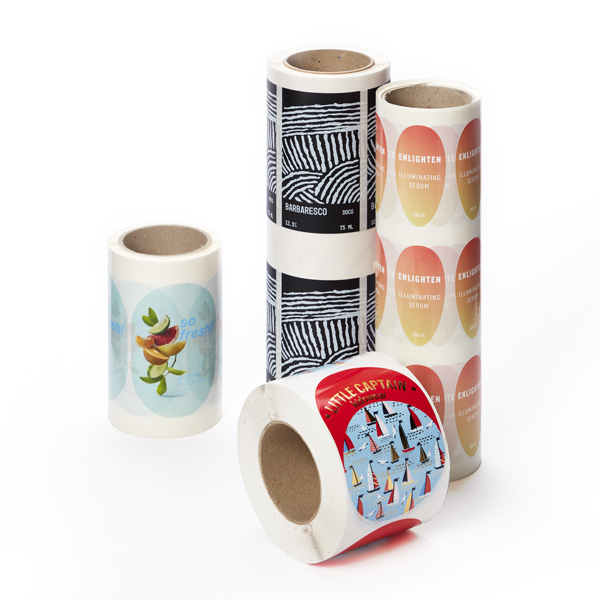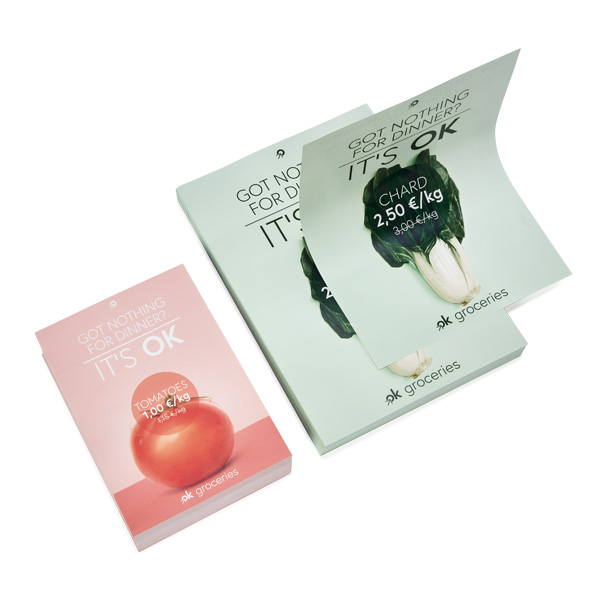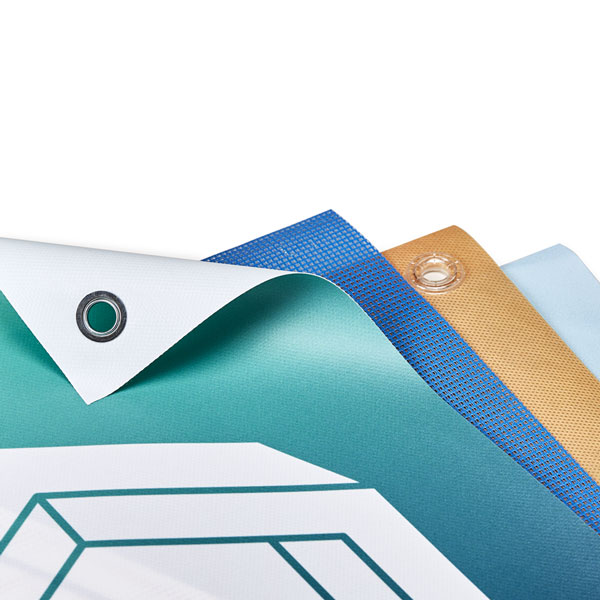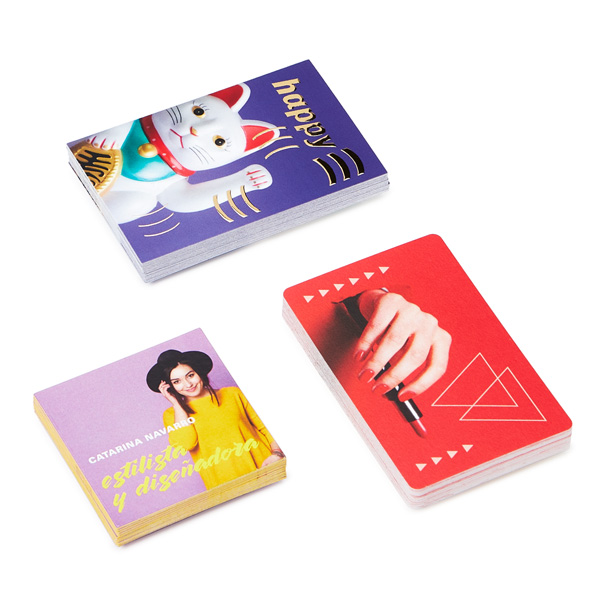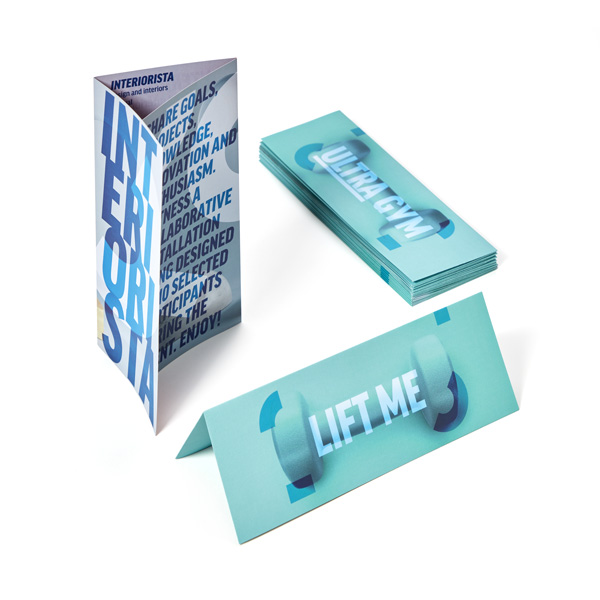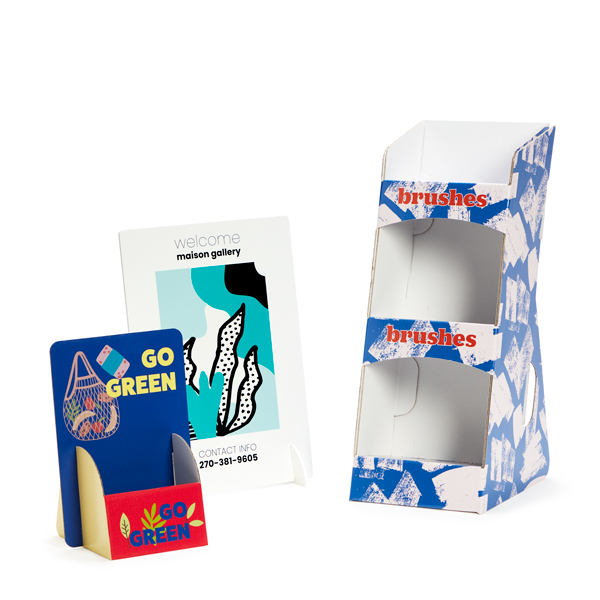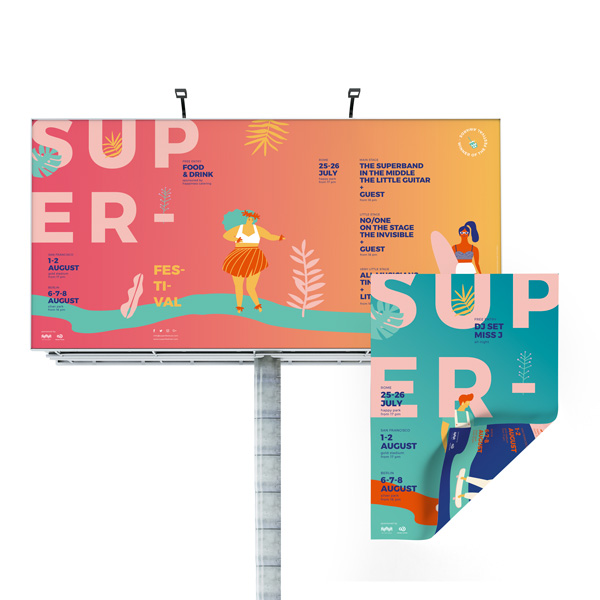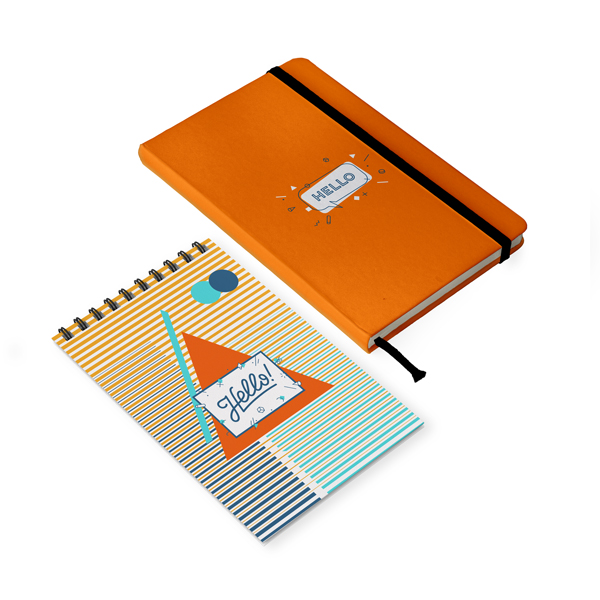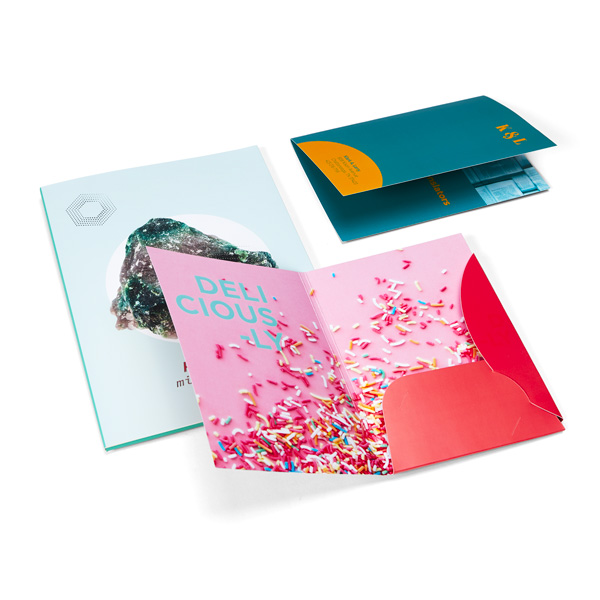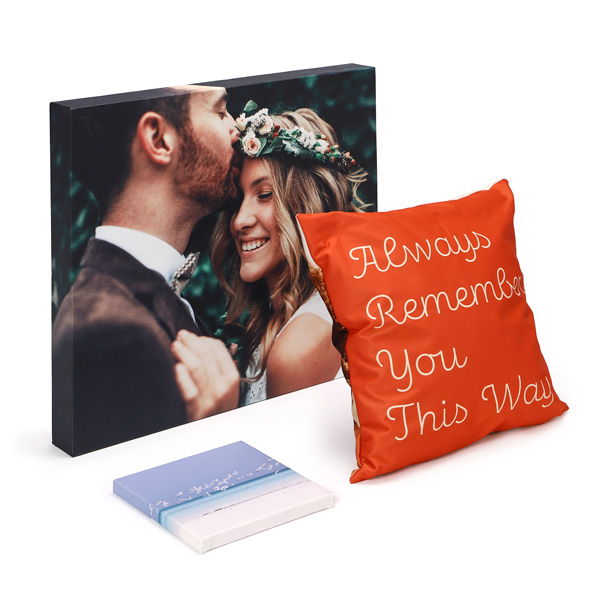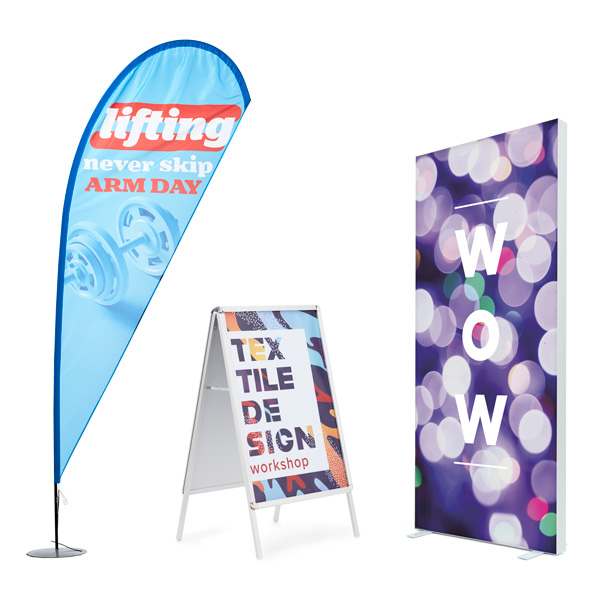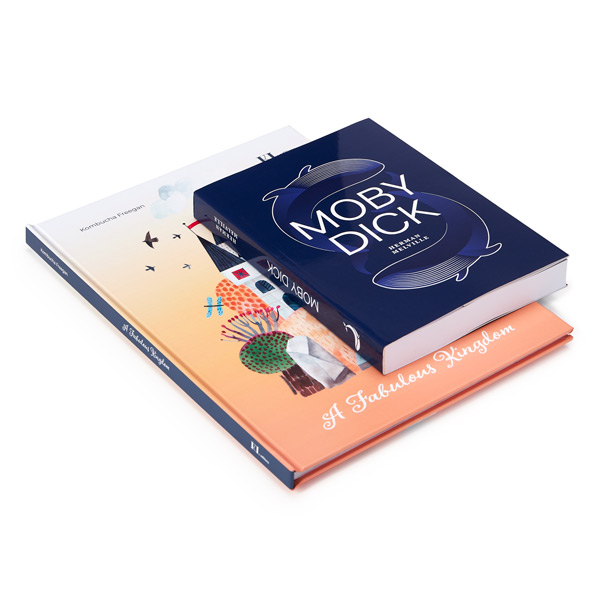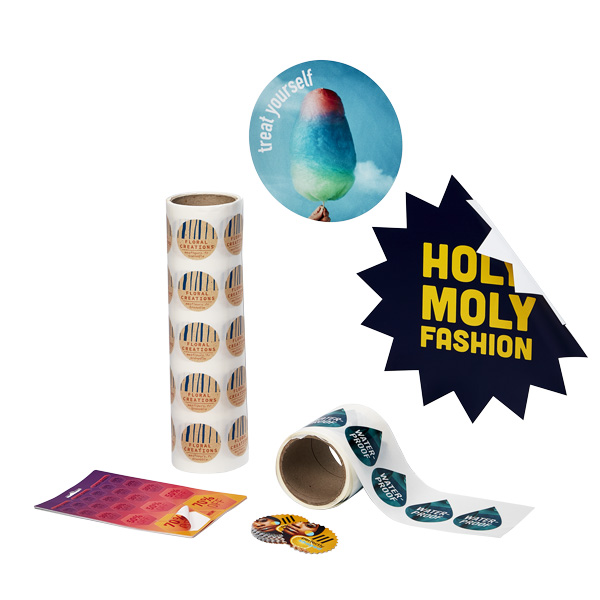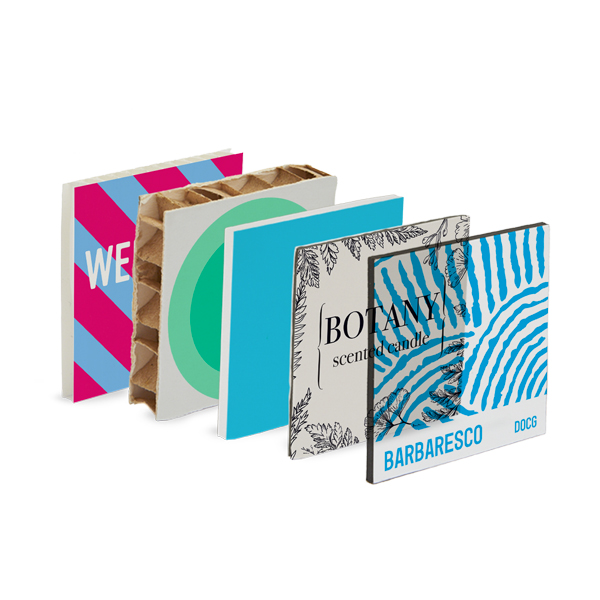



Online printing, your way
Pixartprinting: your flexible printing company
Pixartprinting is a leading e-commerce company specialising in providing customised online printing services across Europe. With over 20 years’ experience in the industry, we are at the forefront of digital printing and continuously invest in cutting-edge technology to ensure that we can offer the highest quality printed products at low prices. As well as focusing on innovation, we are also constantly researching the best materials for our products and add new products to our extensive catalogue to adapt to global changes and the latest trends.
We are committed to customer satisfaction and aim to offer as many customisation options as possible so that businesses and professionals can put their own stamp on our products and achieve a fully personalised final result.
Why choose us for your online printing?
- Low prices: we constantly invest in new machines, technology and materials, enabling us to print in large volumes and offer you the lowest prices possible.
- Customisation: you are free to choose the specifications of your products, from the size, materials used and enhancements such as lamination and special finishes. Depending on your chosen product, you can also upload your own artwork or choose from one of our designs.
- Convenience: our online printing services are available in just a few clicks thanks to our intuitive order forms. Your free quote will generate online in real time and delivery is available in as little as 24 hours.
- Extensive catalogue: we offer over 3 million products and are constantly adding new ones!
- Customer support: we can help you at any stage of your digital printing project: whether you have questions about the product, order form or delivery, or even if you have special requests, our friendly team is on hand to assist.
Online printing – millions of products to choose from!
Pixartprinting has so much to offer, with a vast range of products to suit all needs. Here are just a few examples to give you some ideas.
- Business cards: the indispensable business tool that all professionals need for networking
- Flyers and folded flyers: affordable and effective solutions for far-reaching marketing
- Posters: available in small or large format
- Labels and stickers: from product packaging labels to stickers and decals for flooring, walls or vehicles
- Tags: in a variety of formats to add product information and branding to packaging
- Advertising banners: a large-format advertising tool to attract the attention of passers-by
- Packaging: all types of packaging, from boxes to food containers and bottle bags
- Shopping bags: bags in a range of materials that can be customised with your branding
- Rigid media and large format: PVC, aluminium, fabric: just some of the materials available for your digital printing projects
- Magazines, books and catalogues: with a choice of binding options and papers to make the ideal impression
- Calendars and diaries: keep track of your appointments or distribute to customers and employees
- Photo products: online printing of your photos on canvas, aluminium and more
- Trade fair display items and roller banners: kit out your trade fair stand with banners and gazebos
- Custom promotional items: all kinds of gadgets and products to print your logo on and distribute to customers
- Clothing: digital printing on T-shirts and polos to advertise your brand on the go
FAQ
- Does Pixartprinting offer lower prices than a traditional printing company? Pixartprinting has access to a large fleet of cutting-edge machinery, which allows us to offer lower prices than a traditional printing company, even for large print runs. Also, if you book a later delivery date, the prices may be even cheaper!
- How do I get my printed products? Once you have completed your order, it will be delivered to your office or home, on schedule, through our efficient Shipping service. We ship to over 50 countries.
- What products can I find in the Pixartprinting catalogue? Our catalogue contains over 3 million products and it is constantly being updated. Here is just a selection of what we have to offer: Business Cards, Flyers, Labels, Stickers, Rigid Media, Packaging and much more.
- What are the advantages of Pixartprinting’s online printing services? There are so many advantages that come with choosing Pixartprinting. Above all, our printing service is centred around our customers and their preferences, which is why we strive to offer a number of customisation options for our products. We also have a friendly and efficient Customer Support team to help you at any stage of your purchase. Of course, the affordable prices and fast delivery help too!


